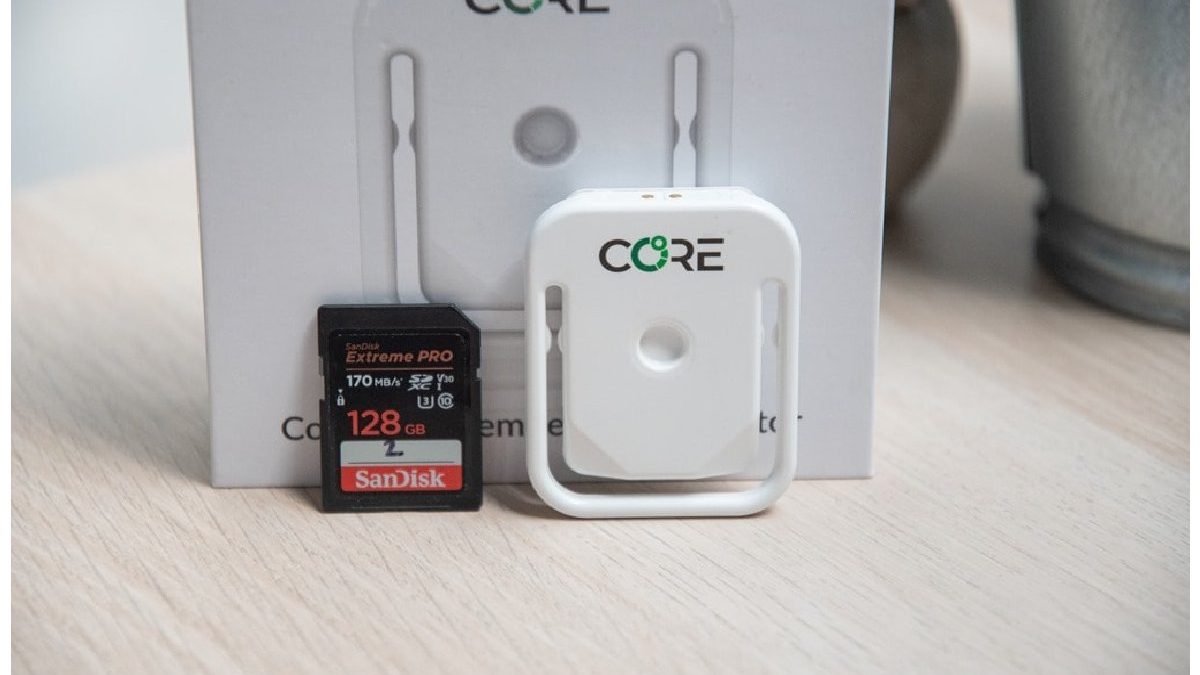Monitoring an athlete’s core body temperature during practice and competition, especially in a warm setting, can improve their performance and reduce their chance of suffering from heat stroke. Now, with this proven energy transfer sensor, an accurate and non-invasive sensor for core body temperature, we can overcome many of the obstacles that had previously presented, like fatigue and heat stroke.
Table of Contents
Body temperature versus core body temperature
It’s critical to comprehend the distinction between core temperature and skin temperature. Skin temperature is significantly influenced by clothing, sweating, air temperature, sun exposure, etc., and can change quickly. Skin temperature doesn’t affect or predict athletic performance on its own. In contrast, the body’s interior organs’ temperature, or core temperature, fluctuates far more slowly. An excessively high core temperature lowers the ability to participate in sports.
Therefore, a person’s core body temperature is a crucial metric used to evaluate their health or body status during sports, normally ranging between 97.7 ℉ and 99.5 ℉ (36.5 °C and 37.5 °C), it is 73.4 ℉ (23 °C) higher than their skin temperature (Quast and Kimberger, 2015). Uncontrolled changes in the core body temperature may result in hypothermia and heat stroke, respectively (Yousef et al., 2021). The gold standard for core body temperature measures is pulmonary artery catheters (Quast and Kimberger, 2015). An intrusive temperature probe may be tolerated in situations where the patient is unconscious, such as while under anesthesia.
Let’s talk about The Core Body Temp Sensor
People have been using a variety of thermometer types, which usually are intrusive or impractical to use during sports, or too pricey for routine use. Furthermore, with the commercialization of thermometric e-pills that you can ingest and wirelessly send gut temperature to a monitor, there was a significant advancement in body temperature measuring about 20 years ago. This made it possible for researchers to begin monitoring body temperature in real-world situations, such as those involving bikers, firefighters, or soldiers.
Now we can find a new technology that is making a difference in sports. The Core Body Temp is a trustworthy non-invasive core temp sensor, and it can be used either for sports or clinical uses. We can use it to constantly monitor the core body temperature to understand the relationship between output and intensity better. On the bike, we measured the power, and now we’ll compare it to my heart rate. And now, we can do it with the core temperature to determine how rapidly it is rising, just like we can with the heart rate, to see how it is ramping up until it may reach a plateau.
How does the Core Body Temp sensor function?
You may quickly check your body temperature with this sensor. Because the info is directly obtained from a Digital Thermal Sensor, It is situated close to the hotter area of each processing core. The value of this sensor is stored in a specific register in the processor so that software may access and read it. As a digital sensor, it does not rely on an external circuit on the motherboard to indicate temperature, and doing this eliminates any errors that external motherboard circuits and sensors might cause.
To record, monitor, or communicate temperature changes, a temperature sensor is an electronic device that monitors the temperature of its surroundings and turns the input data into electronic data. The Core Body Temp sensor uses Bluetooth, so it can be connected to leading sports devices, such as watches and computers.
Conclusion
That is to say, in the above article; we have discussed a few important points about core body temp opinions. It’s highly effective in some instances to track your internal body temperature in real time. However, it also needs a lot of experimentation, personal experience, physiological understanding and testing. We hope that you love the above content. If you want to read more helpful articles, keep visiting our website.

